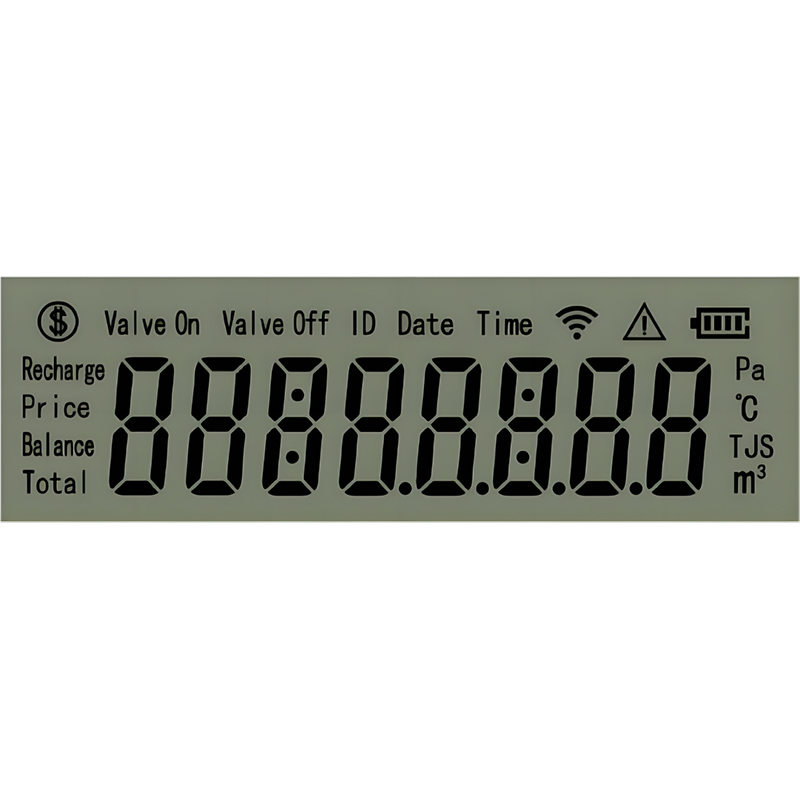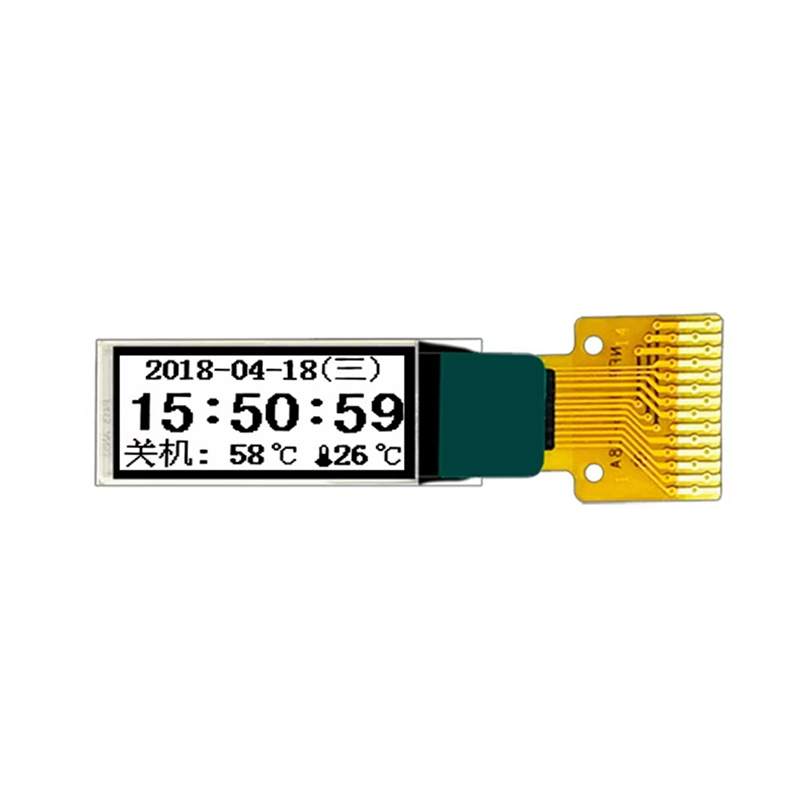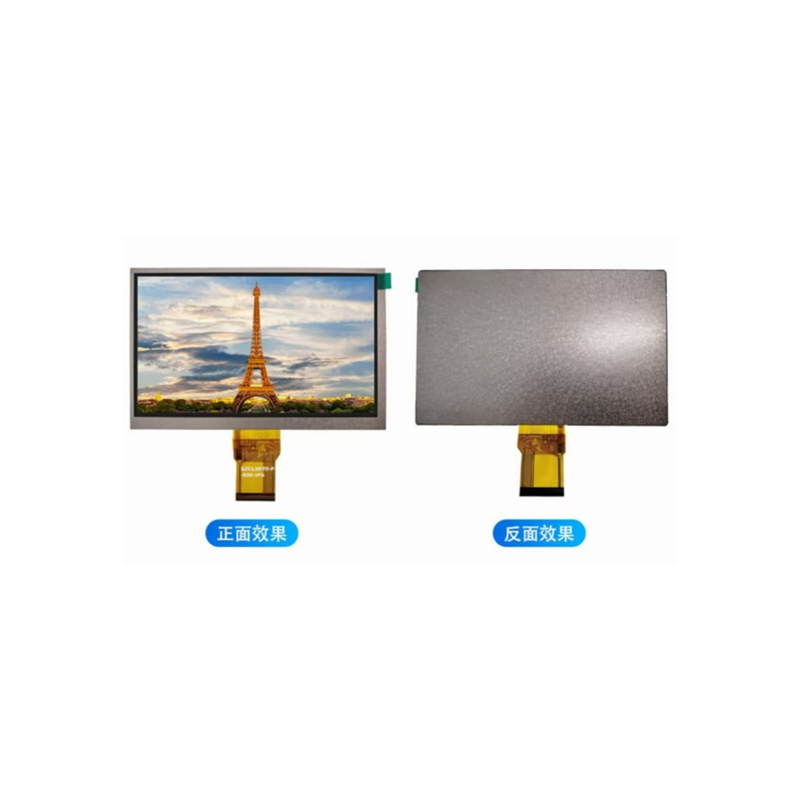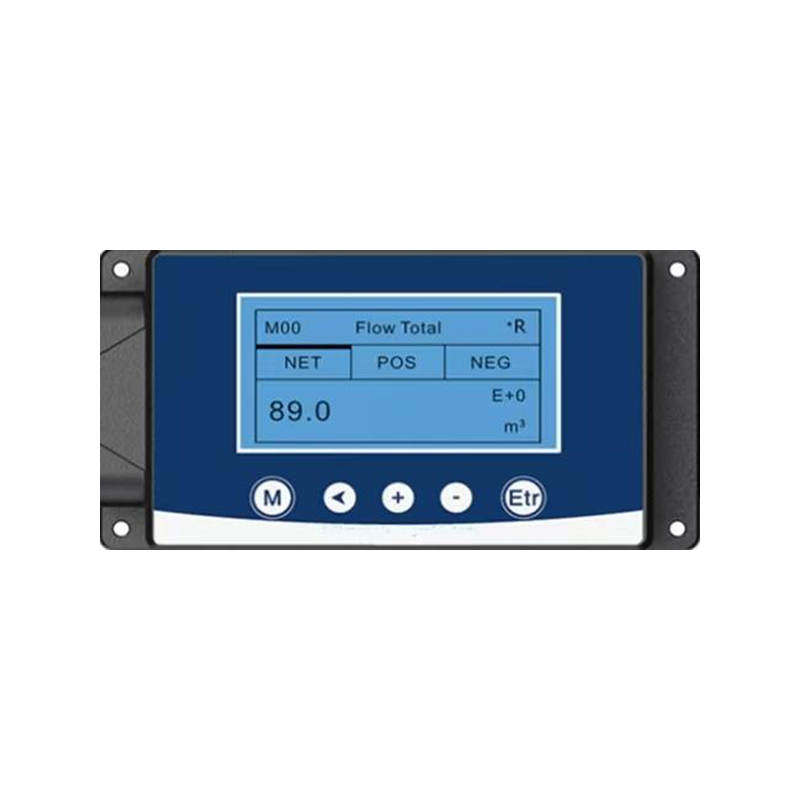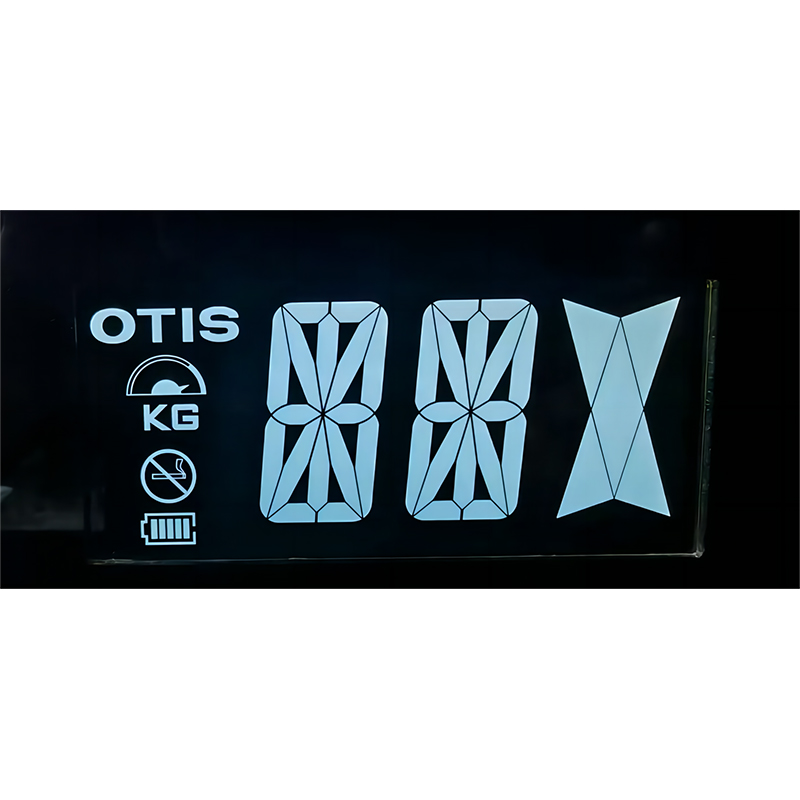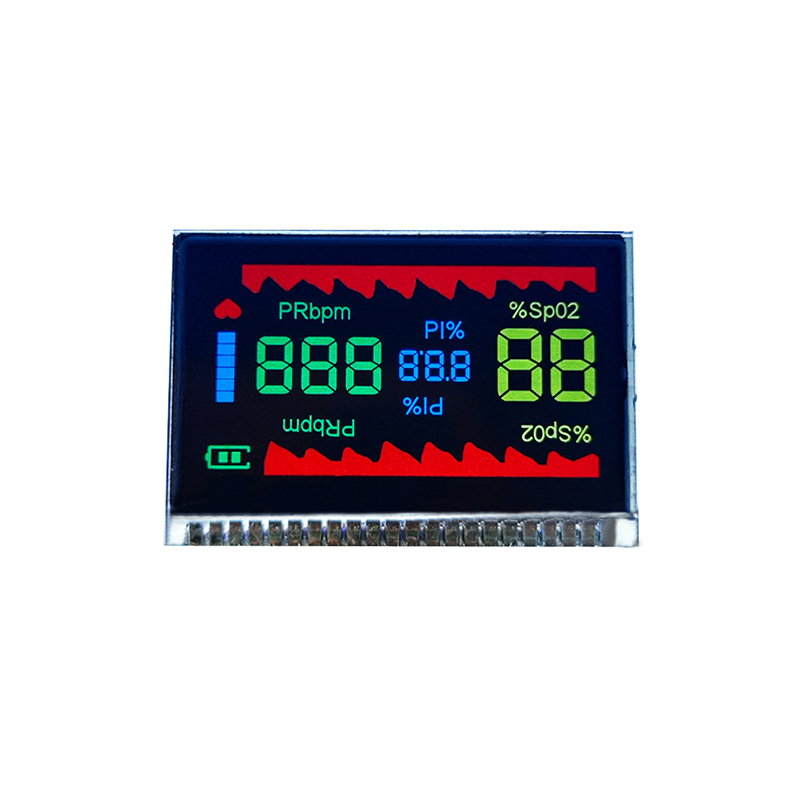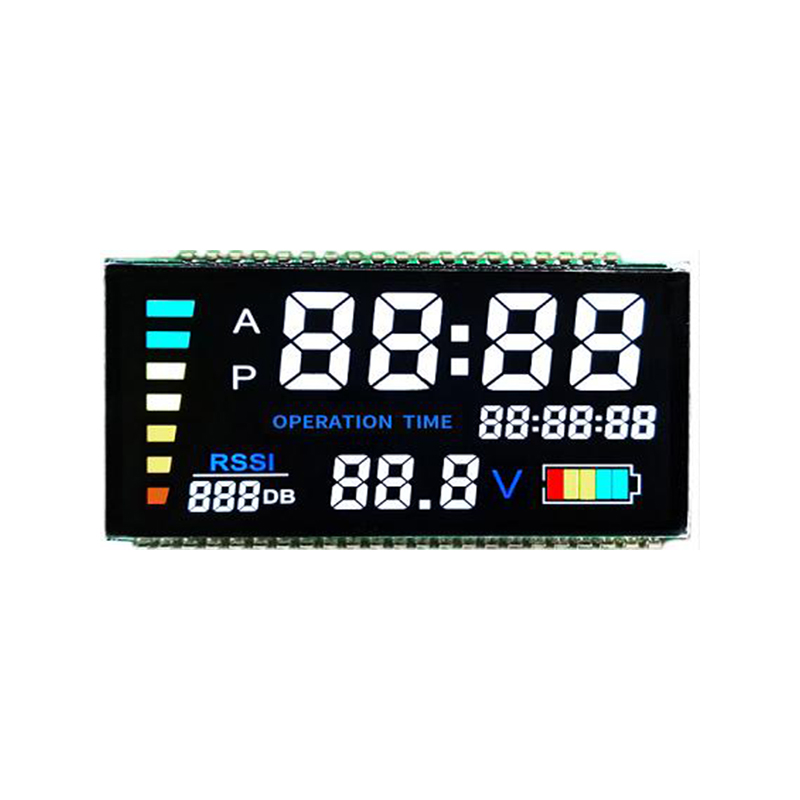
This comprehensive guide explores the world of detector LCDs, covering their types, applications, key features, and how to select the best one for your specific needs. We'll delve into the technical specifications, explore different manufacturers, and provide practical tips for maximizing performance and longevity.
Detector LCDs are available in both monochrome (typically black and white) and color variations. Monochrome displays offer better contrast and visibility in bright sunlight, making them suitable for outdoor applications or environments with high ambient light. Color Detector LCDs, on the other hand, provide richer visual information and are better suited for applications requiring detailed image representation. The choice depends entirely on the specific requirements of the detector and its application.
The size and resolution of the Detector LCD are crucial factors to consider. Larger displays allow for easier viewing of data, particularly in applications involving complex images or extensive information. Higher resolution provides greater detail and clarity. Finding the optimal balance between size, resolution, and cost is essential for a successful implementation. Smaller displays can be more cost-effective and suitable for applications where space is limited.
Different Detector LCDs offer various interface options, such as LVDS, TTL, or SPI. The choice depends on the compatibility with the detector's signal processing unit and the overall system architecture. Connectivity options also vary, with some supporting additional interfaces like USB or Ethernet for data transfer and control.
The brightness and contrast of a Detector LCD directly impact readability. High brightness is crucial for applications in bright environments, ensuring clear visibility even under harsh sunlight conditions. High contrast enhances the clarity of images and text, leading to better readability and data interpretation.
The viewing angle determines the range of angles from which the display can be clearly viewed. A wider viewing angle is desirable for applications where multiple observers may need to access the display simultaneously. A narrow viewing angle can restrict viewing to a limited perspective.
Response time refers to the speed at which the display updates its image. For dynamic applications requiring rapid visual feedback, a fast response time is essential to avoid blurring or lag. In applications with slow-changing data, the response time is less critical.
Choosing the correct Detector LCD requires careful consideration of several factors including the type of detector, application requirements, environmental conditions, and budget. Prioritize the key features mentioned above and carefully match them to your specific needs.
Several reputable manufacturers produce high-quality Detector LCDs for various applications. Researching different manufacturers and comparing their product specifications is crucial for making an informed decision. For instance, Dalian Eastern Display Co., Ltd. (https://www.ed-lcd.com/) offers a wide range of customizable Detector LCD solutions. Their expertise ensures that you get the perfect display for your needs.
Common problems with Detector LCDs can often be resolved through basic troubleshooting steps. Issues such as lack of display, distorted images, or flickering can sometimes be resolved by checking cable connections, power supply, and driver software. Always consult the manufacturer's documentation for specific troubleshooting guides.
| Feature | Monochrome LCD | Color LCD |
|---|---|---|
| Brightness | Generally higher | Can be lower, depends on backlight |
| Cost | Typically lower | Typically higher |
| Image Detail | Limited to grayscale | Full color spectrum |

